
How to implement good documentation practice in a GMP regulated plant
- Published on: Oct 16, 2022
Who are responsible for developing good documentation practice?
i. Ensuring there is a controlled, documented system to manage GMP documents and records in compliance with local regulations; and
ii. Reviewing and approving standard operating procedures that describe the process for preparation, approval, maintenance and archiving master documents.
iii. Completing, reviewing, assigning disposition, retaining and archiving the associated records.
i. Documents applicable to active pharmaceutical ingredients (API), drug products and medical devices:
ii. Records applicable to APIs, drug products and medical devices:
– Master batch record documents (e.g., Master Manufacturing Instructions and Master Packaging Instructions).
– Design controls;
– Corrective and preventive action (CAPA);
– Management review of the Quality System;
– Risk management;
– Purchasing controls;
– Post marketing surveillance;
– Device master records (DMR); and
– Device history records (DHR).
240 SOPs, 197 GMP Manuals, 64 Templates, 30 Training modules, 167 Forms. Additional documents included each month. All written and updated by GMP experts. Checkout sample previews. Access to exclusive content for an affordable fee.
Document management system in good documentation practice
i. Is complete and contains all required data;
ii. Is accurate and acceptable;
iii. Is uniquely identified and version controlled to ensure that the correct document is used;
iv. Has assigned document identification (ID) numbers that are not reused; and
v. Follows SOPs for the documentation (document lifecycle):
vi. Memos to File shall only be used if there is not an approved document that is designed to provide the required information. Examples of approved documents include Laboratory Investigation Reports (LIR) and Deviation Investigation Reports.
vii. Documentation standards and SOPs for Handwritten Entries on GMP records shall be established and maintained at each GMP site.
i. A process to assure that documents are unambiguous in scope, title, contents and purpose;
ii. A process that prohibits conflicting or redundant information among documents;
iii. A process to prohibit handwritten GMP documents except for handwritten approval entries for master documents or handwritten data entries on records;
iv. Defined responsibilities for review and approval of documents at the site;
v. Site quality team should verify that the documents meet regulatory and registration requirements;
vi. Defined document requirements for creating, approving, assigning effective date, distributing, revising, obsoleting, archiving and deleting;
vii. Clear distinction between master documents, official copies and unofficial copies;
viii. Periodic Review of documents and measures to prevent the use of obsolete or superseded documents;
ix. Requirements to assure only one version of a document is effective at one time;
x. Process for change control;
xi. Process for version and revision control and for effective dates;
xii. Defined review periods that are in compliance with site and regulatory requirements; and
xiii. Requirement to assure every page of the document is numbered.
Good practice for handwritten entries on GMP records
Good documentation practice for handwritten entries on GMP records shall include but not be limited to, the following:
i. Use of indelible ink. Erasable ink, non-waterproof ink, highlighters and pencil are prohibited;
ii. When signing or initialing for record information, colleagues must also include date;
iii. Unambiguous author, date and time entries;
iv. Consistent date and time format according to site SOP;
v. Entries made immediately upon completion of the recorded task, step and/or process;
vi. Clear, legible, accurate, complete and factual entries;
vii. Entries made directly onto the official record. The use of scrap paper is prohibited;
viii. Correction made by drawing a single line through an incorrect entry, entering the correction, including an explanation for the change if it is not obvious and signing and dating or initialing and dating the correction;
ix. Correction to a completed record requires re-approval of that record;
x. Use of correction fluid or tape or any other obscuration of the original entry is prohibited;
xi. Predating or postdating documents is prohibited;
xii. Spaces shall not be left blank. A single line or N/A shall be included where no data is required. In the case of records that are clearly and explicitly designed such that it is clearly evident that only one of multiple options is possible, lining out an unused option may not be required;
xiii. Use of ditto (-“-) marks for repeated entries is prohibited. All results shall be fully recorded;
xiv. Signatures, initials, and dates are authentic and original and are maintained in a current signature or initial file; and
xv. Signature by a colleague on behalf of the original person performing the action constitutes a second signature and shall follow a defined format.
Audit trail in document control
Try our FREE online GMP Skill Booster tests. It’s challanging, it’s refreshing and it’s FREE. Try now!
Good documentation practice in memos and emails
i. The document should be in paper format;
ii. Be addressed to a responsible individual’s attention;
iii. Include a distribution list and reference any related filed copies, where applicable;
iv. Include a specific title, product and/or Lot reference;
v. Be signed and dated by the author; and
vi. Be filed in a specific lot file, or in a subject or product file when there is no specific lot associated with the document.
i. Email shall not be used to record GMP-related raw data or initial observations in respect of product safety and quality;
ii. Email shall not be used to record authorization of GMP decisions that impact regulated activities;
iii. Email shall not be used to record document approval; and
iv. Email can be used to add comments and/or annotations to draft documents.
– Completeness;
– Presence of required data;
– Accuracy;
– Acceptability of data; and
– Compliance with Site SOPs
Key points about good documentation practice
– A good documentation system is the cornerstone of a GMP compliance system.
– All personnel must follow the written and approved documents in the day-to-day operation of the manufacturing facility.
– It is the responsibility of management to provide a documentation system that conforms to the GMP requirements and then train the users in the requirements of the system.
– It is your responsibility to understand the documents and use them correctly.
– When you sign or initial a record saying that you carried out a process, you are certifying that the process was carried out according to the written and approved procedures.
– When you sign or initial a checking step in a record, you are saying that you observed what was done, and can verify that it was done correctly.
– Remember: if it’s not documented, it wasn’t done.
240 SOPs, 197 GMP Manuals, 64 Templates, 30 Training modules, 167 Forms. Additional documents included each month. All written and updated by GMP experts. Checkout sample previews. Access to exclusive content for an affordable fee.

Author: Kazi Hasan
Kazi is a seasoned pharmaceutical industry professional with over 20 years of experience specializing in production operations, quality management, and process validation.
Kazi has worked with several global pharmaceutical companies to streamline production processes, ensure product quality, and validate operations complying with international regulatory standards and best practices.
Kazi holds several pharmaceutical industry certifications including post-graduate degrees in Engineering Management and Business Administration.
Related Posts
How to develop supplier relationship management strategies in GMP
Stability programs overview for Pharmaceutical products
How to use quality risk management in validation testing

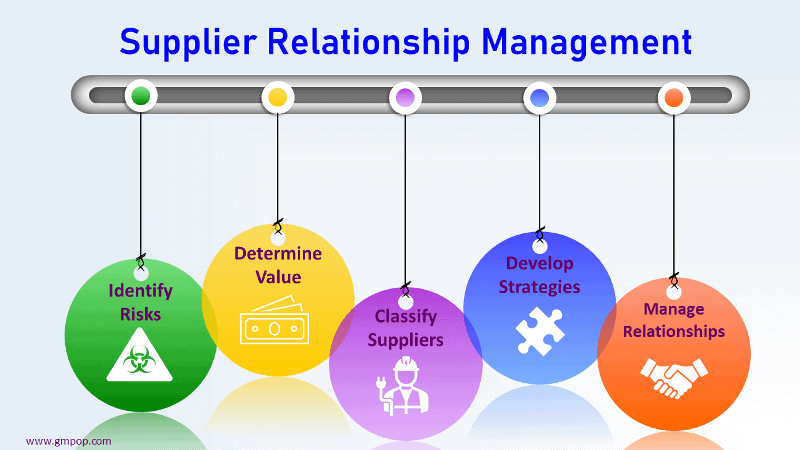

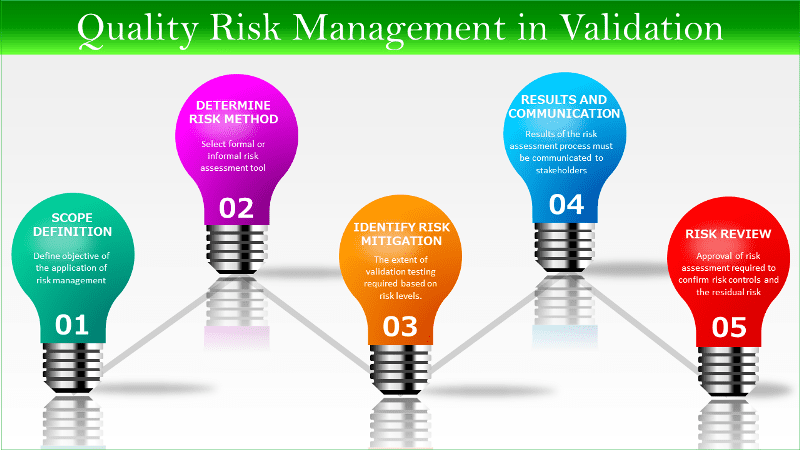
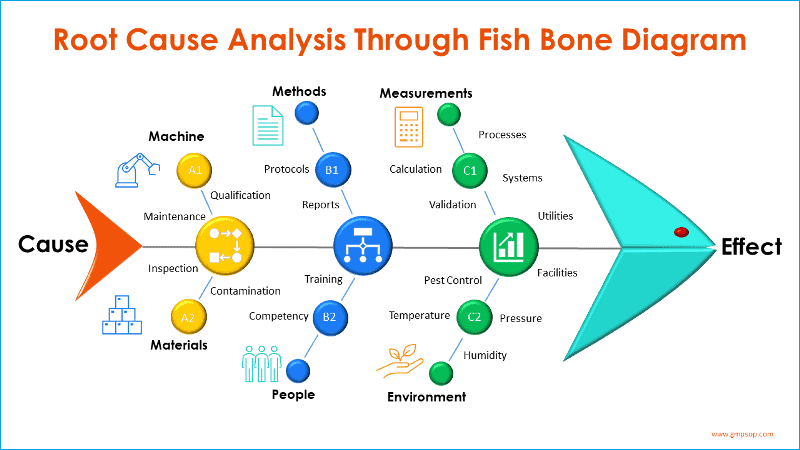

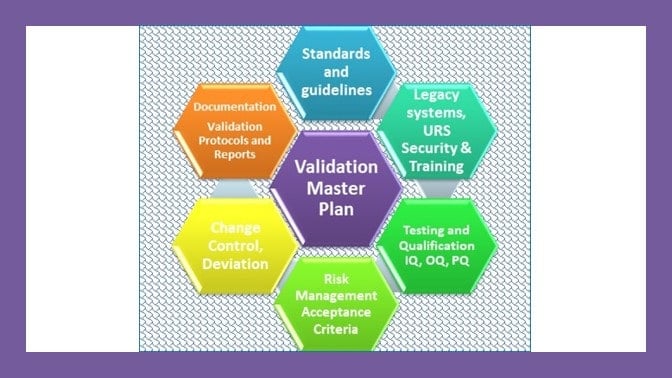
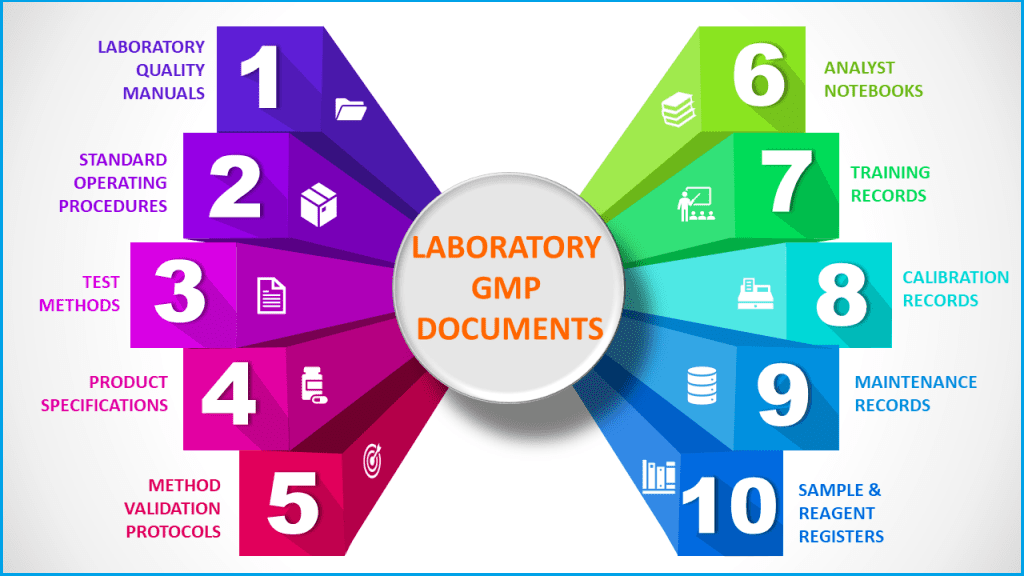

Do you have any examples of Master Manufacturing Records or Templates for a food based business.?
Hi, Unfortunately, our procedures cover pharmaceutical manufacturing processes. You may find the GMP fundamentals are very similar. While the process steps for food production are unique. Sorry.